Apple is venturing further into the automotive industry in a deal with Indian ride-hailing firm Ola, which on Tuesday said it will offer Apple Music to passengers as part of a new in-car experience.
Under terms of the partnership, Apple Music will be made available during rides as part of a new entertainment platform called Ola Play, the Los Angeles Times reports. Ola also struck deals with "experience partners" Sony, Qualcomm, All India Backchod, Fynd and Audio Compass to realize the initiative.
According to Ola's website, select cars will be equipped with a tablet device that grants passengers access to a variety of infotainment systems, including air conditioning and car speakers. Riders can also use the terminal to access pre-buffered high-definition video content, radio stations, personalized alerts and ebooks, among other entertainment options.
Alternatively, riders who download the Ola Play app and sync with Ola's in-car system can access infotainment controls on their smartphones.
"Cars were initially built for the driver," said Ola CEO Bhavish Agarwal. "But with ride-sharing, the control needs to be there for the passenger, and Ola Play works along that."
The Ola deal marks Apple's second partnership with a major ride-hailing firm. In May, Apple CEO Tim Cook announced a direct $1 billion investment in Chinese company Didi Chuxing, saying the strategic transaction will bring insight into certain segments of the Chinese market.
Beyond Apple Music and the customer data it will eventually glean from the Ola partnership, Apple's recent moves are seen as signs of a bigger push into automotive.
The Cupertino tech giant was widely rumored to be working on a self-driving car initiative dubbed "Project Titan," but a series of setbacks recently prompted a shift in direction to underlying autonomous vehicle technology.
Self-driving cars are thought to be the future of the international ride-hailing market. Uber, for example, is already experimenting with driverless vehicles in the U.S. Industry analysts believe Apple is priming the market for autonomous technology integration, which could begin to roll out through partners like Didi and Ola.
 Mikey Campbell
Mikey Campbell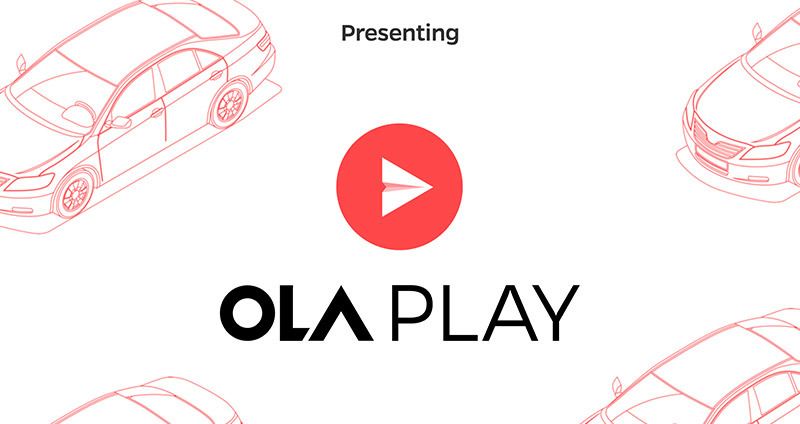

-m.jpg)






 Andrew O'Hara
Andrew O'Hara
 Wesley Hilliard
Wesley Hilliard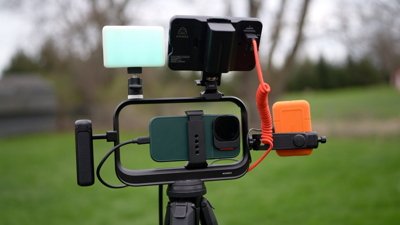
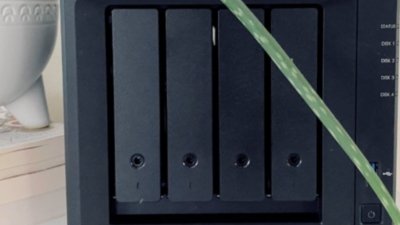
 Malcolm Owen
Malcolm Owen
 Marko Zivkovic
Marko Zivkovic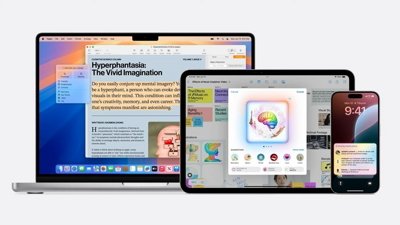
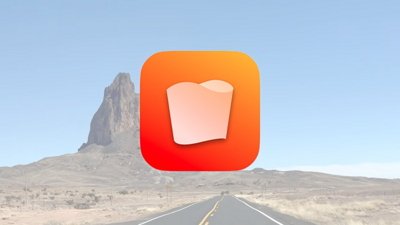
 Chip Loder
Chip Loder
 Christine McKee
Christine McKee
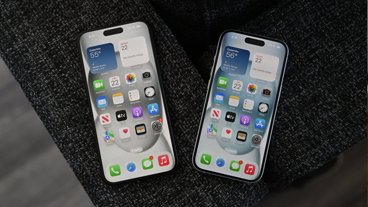


-m.jpg)




5 Comments
Dip a toe here, dip a little toe there
Ola is getting hammered by Uber and are desperately trying to claw their way back up.
Uber switched from number of rides per day to miles covered as a decider to pay drivers. The drivers seem to prefer this and the customers are also happy since they are no longer tied to the destination entered and can take any route/ deviation without the driver grumbling about it.